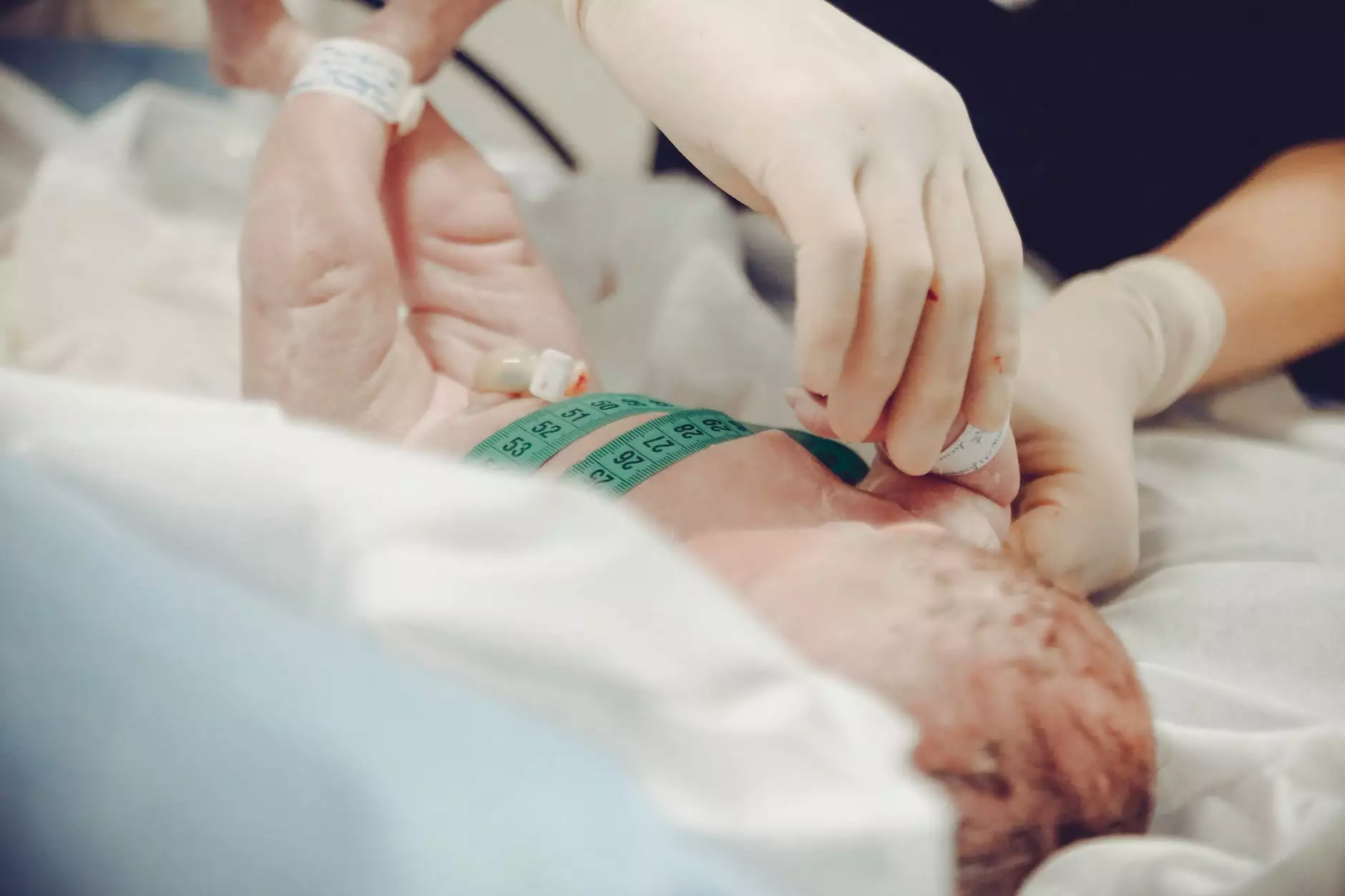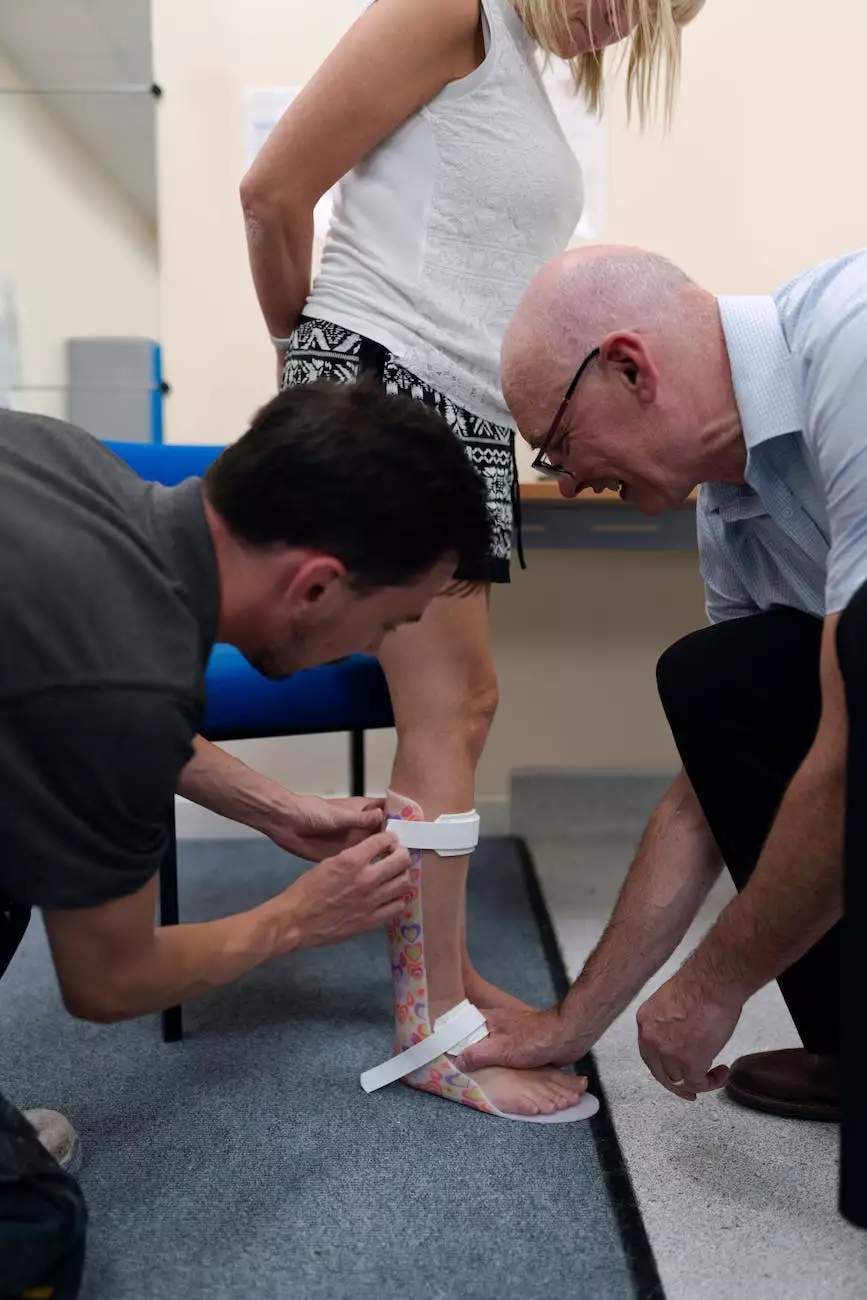Watch Out for Pressure Ulcers

Understanding Pressure Ulcers
Pressure ulcers, also known as bedsores or pressure sores, are injuries to the skin and underlying tissues that occur due to prolonged pressure on certain areas of the body. These ulcers commonly develop in individuals who have limited mobility or who are confined to a bed or chair for extended periods.
Risk Factors
There are several factors that can increase the risk of developing pressure ulcers, including:
- Immobility
- Malnutrition
- Incontinence
- Poor circulation
- Advanced age
- Diabetes
- Smoking
Prevention
Preventing pressure ulcers is crucial for individuals at risk. Here are some measures that can help prevent the development of pressure ulcers:
- Regularly changing positions to relieve pressure on vulnerable areas
- Using pressure-relieving devices, such as cushions or mattresses
- Maintaining good nutrition and hydration
- Keeping the skin clean and dry
- Regularly inspecting the skin for early signs of pressure ulcers
Recognizing the Signs
Early recognition of pressure ulcers is crucial for effective treatment. Look out for the following signs:
- Red, blue, or purple discoloration of the skin
- Swelling or warmth in the affected area
- Tenderness or pain
- Changes in skin texture or appearance
- Open sores or blisters
- Unexplained skin breakdown
Treatment Options
If a pressure ulcer develops, seeking prompt medical attention is important to prevent further complications. Treatment options may include:
- Wound cleaning and dressing
- Pressure redistribution techniques
- Applying specialized wound care products
- Debridement of dead tissue
- In some cases, surgical intervention
Conclusion
Pressure ulcers are a serious concern for individuals with limited mobility. Preventive measures and early recognition of symptoms are key to avoiding complications. If you or a loved one is at risk or experiencing any signs of pressure ulcers, it is crucial to seek professional medical advice for proper evaluation and treatment.




